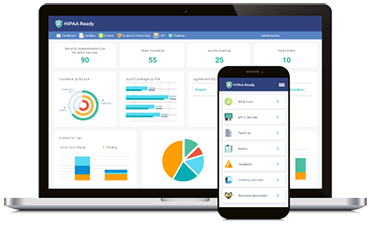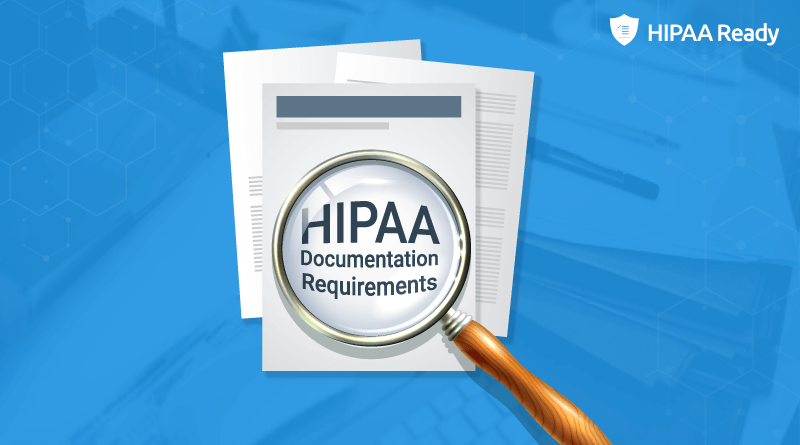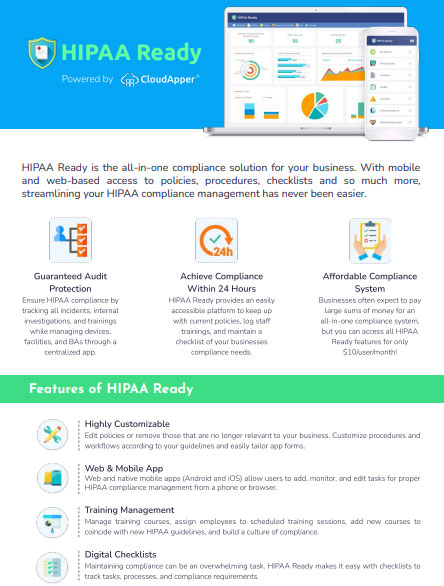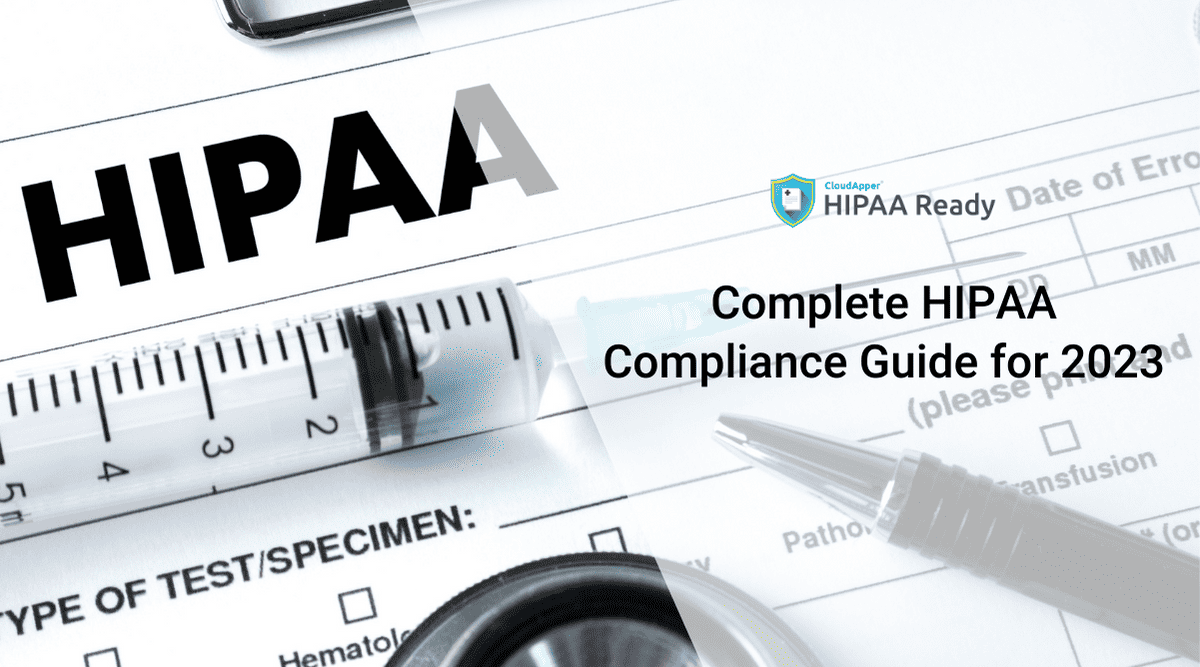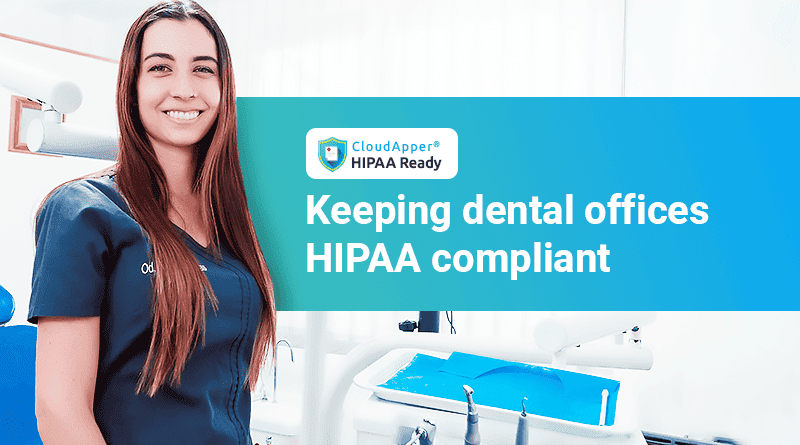Proper documentation is a primary requirement for demonstrating that your organization is HIPAA compliant. A massive part of the compliance process should be documented to corroborate what has been completed. HIPAA documentation requirements go beyond more than just establishing policies and procedures. It is also about proving that your organization cares about privacy and protecting patients’ health information.
Why is documentation necessary?
Like any other rules, HIPAA Rules are complex and difficult to comprehend, and many organizations implement these rules on their own. There are various required components outlined under the Code of Federal Regulations (CFR), and documentation is the stepping stone towards being compliant.
The purpose of documentation is that it helps others to understand what has been completed, what actions need to be taken, and what issues have not been addressed. It also helps to communicate the structure of compliance an organization has in place to those outside the business. Proper record-keeping and organization of documents makes yearly updating much faster, helps a company be transparent, and ensures that security efforts are organized.
What are the HIPAA Rule documentation requirements?
The documentation requirements as per the HIPAA Privacy Rule (§ 164.530(j)) include:
- Policies and procedures
- A written/electronic copy of communications
- All activities, actions, or designations that require electronic/written records
As per the HIPAA Security Rule, the first requirement is documentation of written business associate agreements (BAAs) with all the business associates.
Followed by § 164.316 Policies and procedures and documentation requirements, which states that a covered entity or a business associate, must in accordance with § 164.306:
- Implement and maintain reasonable and appropriate standard policies and procedures to comply with the security provisions.
- Retain all the information required in the HIPAA Security Rule for six years from the date of creation or the date it was last in effect.
- Make all the policies and procedures documentation available to those responsible for implementing the policies and procedures.
- Review and update the documentation to account for the changes in an organization’s operations and healthcare environment, which can affect the security of electronic protected health information (ePHI).
Other HIPAA documentation requirements
Many organizations get confused about what exactly should be documented other than what’s stated in the rules. Generally speaking, everything related to the PHI should be documented. As mentioned above, an organization should retain documents that contain PHI or the policies about the disclosure of PHI for at least 6 years. These documents should include but are not limited to:
- HIPAA Risk Analysis
- HIPAA Risk Management Plan
- Notice of Privacy Practices
- Employee Sanction Policy
- Contracts
- List of Vendors
- Training Logs
- Work Desk Procedures
- PHI map (e.g. location documentation)
- Business Associate Agreements
- Breach Response Plan
- Actions that were taken to deal with the gaps and vulnerabilities
- Compliance process, procedures, and assessment reports
- Blueprint of your office facility
- Electronic media used to store PHI and records of hardware
- Disaster recovery plan
- Password policies
- Documentation of incidents
- Physical Security Maintenance Records
- Authorizations for disclosing PHI
Keep your documents organized with HIPAAReady
An organization should retain both electronic and physical copies of the documents. Both will require different methods of organization.
Hard copies of the documents, especially those containing PHI should be kept in a private and secure place. Organizations must safeguard these documents to prevent unauthorized viewing and access as required by HIPAA.
Electronic copies of the documents should be consolidated into an organized and centralized space such as HIPAA Ready – a robust, cloud-based HIPAA compliance management software. With HIPAA Ready, organizations can simplify HIPAA documentation requirements. It allows users to easily access these documents and save valuable time from searching these documents at the last minute when auditors ask for information.
Besides ease of documentation, HIPAA Ready provides a comprehensive HIPAA compliance solution, including risk assessments, vendor and business associate management, and training management. By simplifying compliance efforts and reducing administrative burden, HIPAA Ready can ensure your organization stays on top of the compliance requirements.


